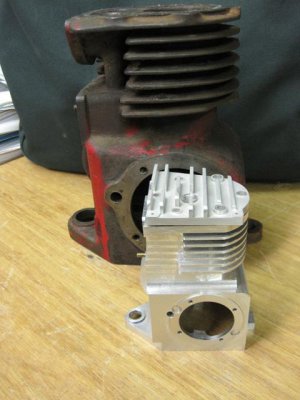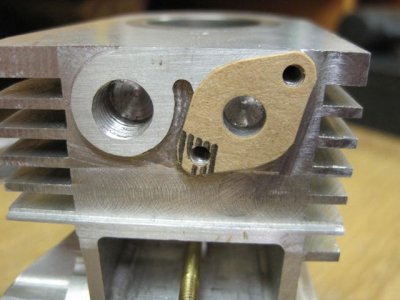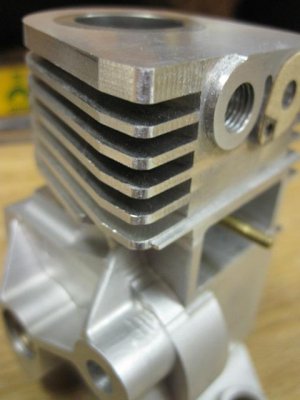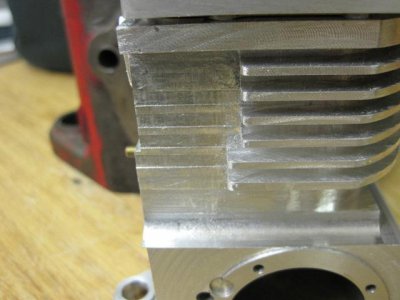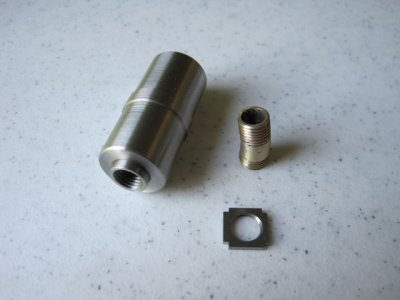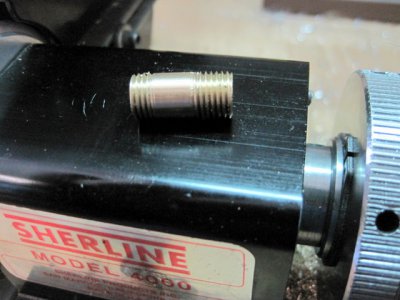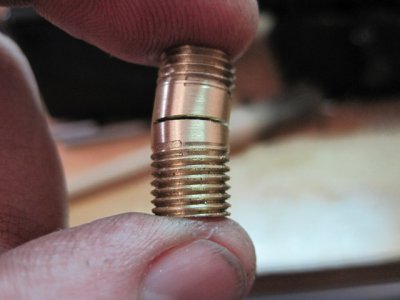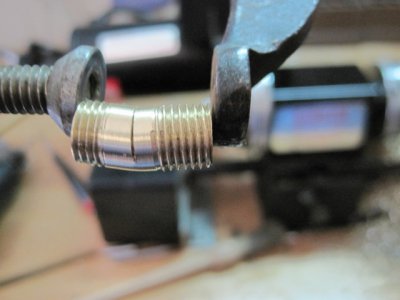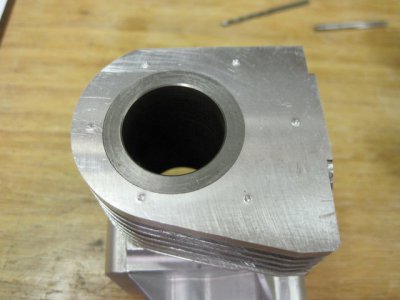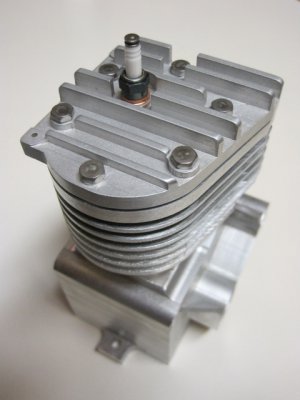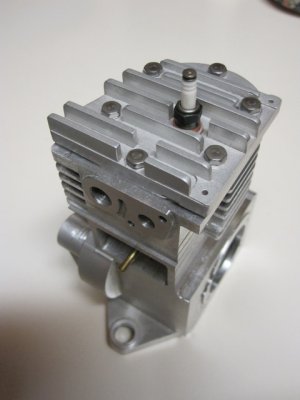Thanks Bill...I haven't really kept track of the hours as its been an hour or two here and there mostly, but yes....a lot of those type sessions. I keep telling myself how ideal this crankcase, as well as a few other parts of the engine would be if they were castings rather than bar stock but to my knowledge no such castings exist. The number of hours needed would likely be cut to about 1/10th of doing it in barstock, but that what I have to work with and it has been an interesting challenge to make the parts look as much like castings as possible.
Bill
Bill


